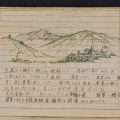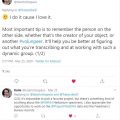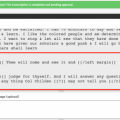Transcribing the stories of the past to inform the future
We are all story-tellers. Contained in the millions of items the Smithsonian Institution holds safe, are an infinite number of stories ranging over untold centuries and geographies. Katie Lowe explains how the Smithsonian Transcription Center frees these stories from notes, diaries and images from the past.
I’m not sure what first drew me to the Transcription Center five years ago, but it is the stories waiting to be found and told that keep me coming back, for over 5,000 pages and more than 60 projects.
Where else, after all, but in the Smithsonian Transcription Center would I get to read through evidence of the country’s tumult and recovery after the Civil War, discover the underpinnings of modern astronomy alongside the women of the Cambridge Observatory, and marvel at the impossible variety encompassed in the Herbarium’s collections—all just a click away? In addition, because I help transcribe and review these documents, the knowledge in them is available for everyone, rather than being relegated to an archive until someone accesses the physical document.
The idea that the transcription process is inherently collaborative, and often anonymous, is compelling. I know the names of only a few of my colleagues—ones who leave signed notes in our workflow or who post social media messages to other volunteers. Yet, there are thousands of other volunteer transcribers, all working together to bring these stories forward from the past to be heard today. It is a very modern iteration of a timeless human tradition as we share the lessons we learn from this work.
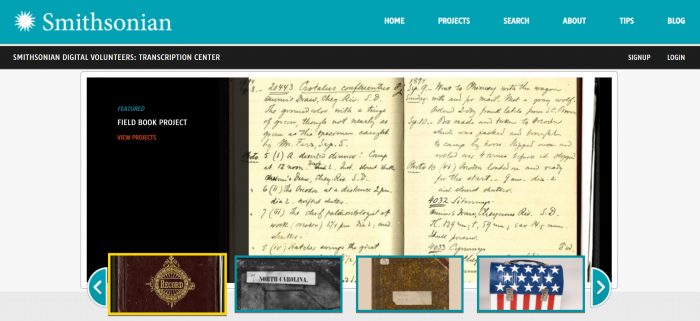
A screenshot from the Smithsonian Digital Volunteer Transcription Center website.
Transcription is sometimes a straightforward process, a few pages of neat handwriting or printed text, and a little formatting. Other times, it’s a game of paleo-psychography (the study of old handwriting crossed with a little bit of psychology), some detective work, and persistence. For example, is Ursula Marvin more likely to write about moraines or meringues? It’s the former. A moraine is a pile of rocks carried by a glacier, often found in Antarctica, where Marvin was the first woman on a U.S. expedition. Or, does that location on the Herbarium card still exist as it’s written? Sometimes. But the border is currently located ten miles south. Lastly, how do you format a text table that’s partly five columns and partly sixteen? With a lot of square brackets to outline the changes.
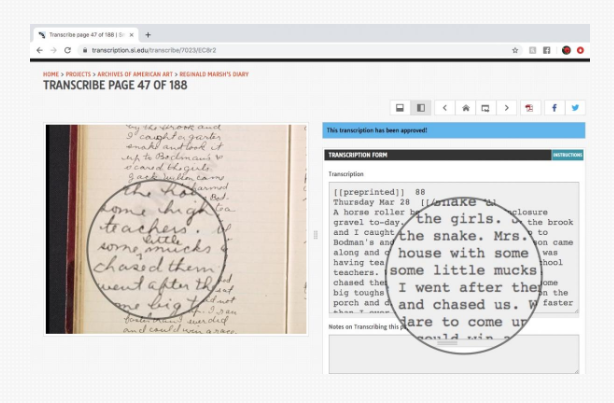
Screenshot from Smithsonian Transcription Service website.
In addition to transcribing documents, reviewing previously transcribed pages has importance as well. It also has its own particularities. Here are a few: Is that formatting marked well enough? Should the typos in the transcription be left in or not? (All the misspellings that the original writer made stay, but the ones we make should be corrected.) Can I make out a few more letters from that squiggle? Are all the various insertions, strikethroughs and over-writing notated in the correct order?
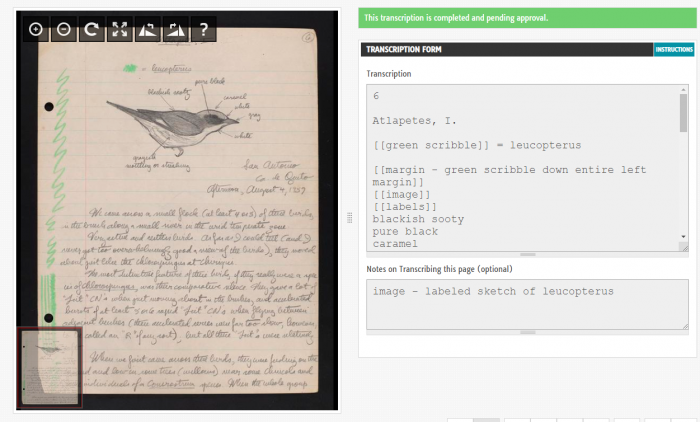
Screenshot of transcription notes.
And along the way, you learn things. We learned that Vernon Bailey, a naturalist in the Great West, shot and ate a golden eagle while on a field expedition, because there certainly wasn’t a Wal-Mart on the Plains at the turn of the last century. We learned the 19th–century version of instant soup in a cup was once added to a mug of coffee. We learned there are about 1,200 species of Senecio (groundsels and ragworts) and that the Herbarium has specimens of many of them. You, too, can come learn with us. Transcribers are welcome to transcribe a few words or a few pages. There are projects from the National Air and Space Museum, the National Museum of African American History and Culture, the Smithsonian Archives, the National Museum of Natural History, and more. Visit us on the web here to learn more about what we do. Or, sign up to join us and discover some untold stories for yourself.

Katie Lowe
Katie Lowe has been an active Smithsonian Transcription Center volunteer for more than five years. She has transcribed more than 5,000 pages and keeps coming back for more!
Posted: 3 March 2020
-
Categories:
Collaboration , Education, Access & Outreach , History and Culture , Science and Nature , Volunteer Voices
